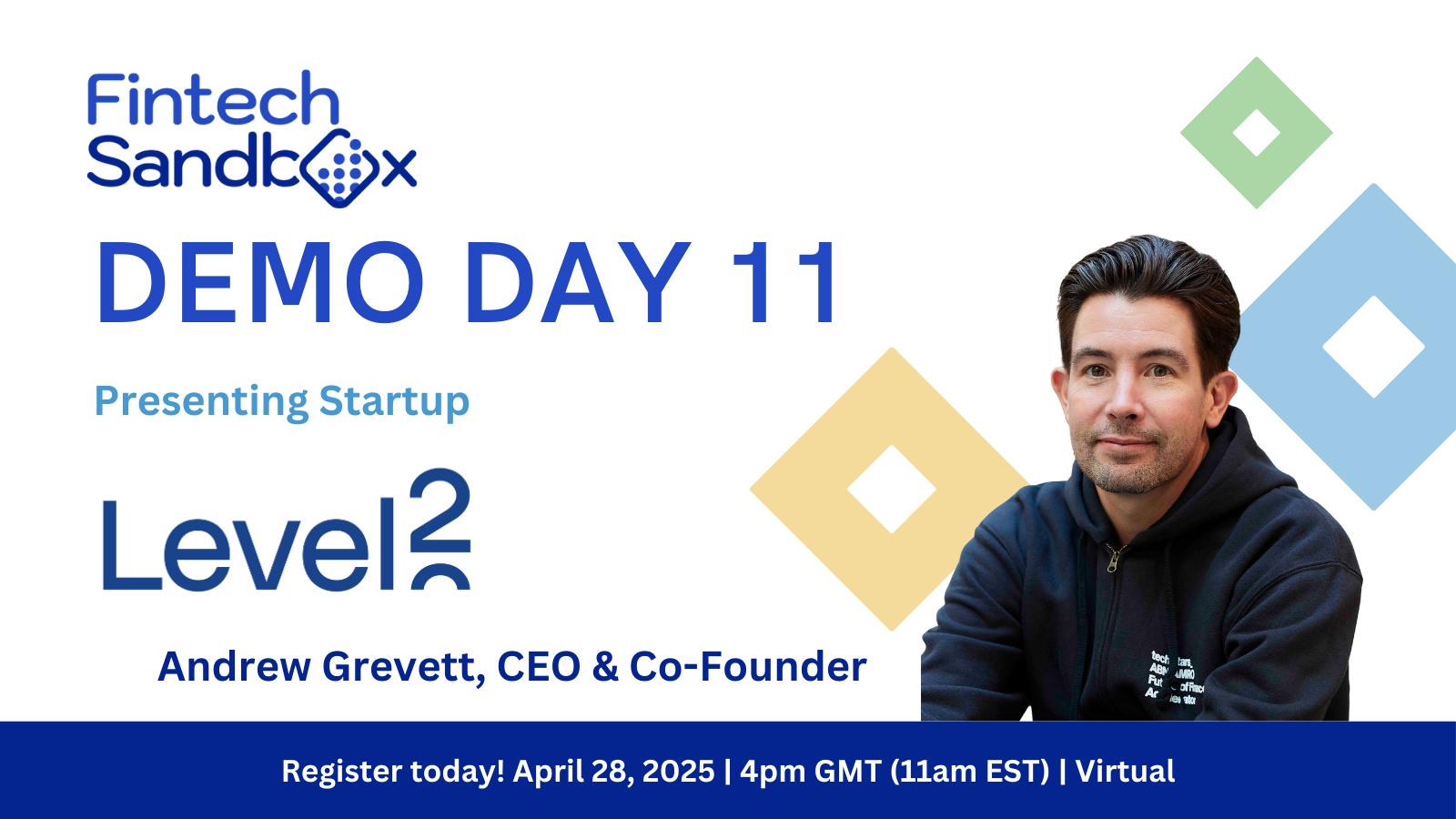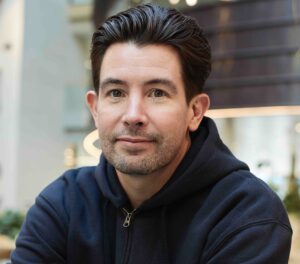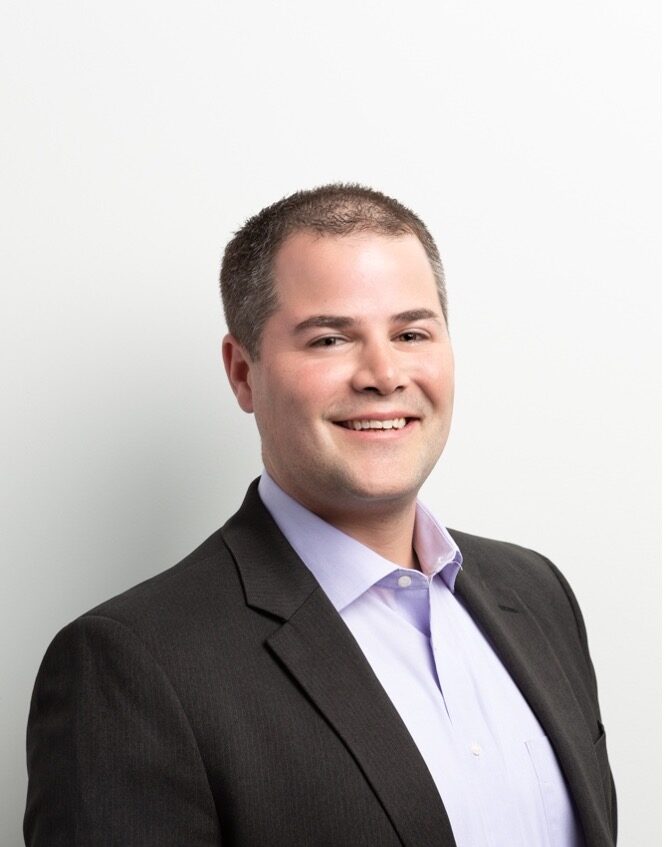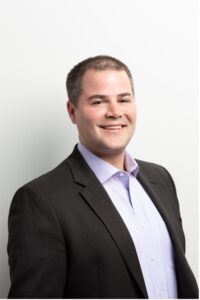This year, Fintech Sandbox Demo Day will take place on April 28. The presentations will be virtual and the event, as always, is free. Demo Days are exciting because we get to showcase startups that are on the very cutting edge of innovation and you get to see what they’re up to before they’re discovered.
Over the next few weeks, we’ll highlight this year’s presenting entrepreneurs. Today, we’re talking to Andrew Grevett, Co-founder and CEO of London-based Level2, a fully visual, no-code, systematic trading strategy creation platform built for active traders.
Andrew, tell us a bit about Level2. What problems are you solving and what makes your solution unique?
By making systematic trading simple and accessible, we’re helping traders take advantage of automation without the steep learning curve. What sets Level2 apart is that it’s the only fully visual solution out there. We’ve transformed traditional technical analysis and automated trading into something intuitive, so anyone—regardless of coding expertise or technical experience—can confidently use it to enhance their trading.
What is your company’s origin story?
Level2 started from a personal realisation that there was a significant gap in the tools available to retail traders. After years of experience as a trader and also working with technology, I noticed a clear divide between the sophisticated tools used by institutional traders and what was available to everyday retail traders. The goal behind Level2 was to bridge the gap between analysis and execution, making these same powerful tools intuitive, accessible, and empowering for everyone. I wanted to create a platform that would help people feel confident using automation, fundamentally changing how people trade financial markets in future.
How significant is the active trader market?
In recent years, the retail trading market has experienced substantial growth. A big driver behind this surge has been the rise of online broker platforms that have made trading more accessible to a younger, tech-savvy generation. With the growing popularity of these platforms and increased community-driven social trading, the active trader market is only expected to expand further.
Can you describe what it’s been like to be part of the Fintech Sandbox community?
It’s given us access to a network of like-minded innovators and industry experts, all focused on pushing the boundaries of what’s possible in fintech. The data resources and support provided through Fintech Sandbox have been invaluable in helping us refine the MVP, get product market fit and scale.
Why is data access important to your startup?
Accurate and timely data is the foundation of any trading strategy, and so it’s essential for us to deliver this to our users so they can take full advantage of our platform’s capabilities. With high-quality, real-time data, we ensure that traders can make informed decisions quickly and confidently.
What milestones has Level2 achieved so far?
The initial version of our trading application is live, and we’ve already signed contracts and started work on prototype testing with our first three partners in the USA and APAC.
What trends in fintech are you most excited about?
The rise of the active trader is a major trend reshaping the retail trading landscape, and it’s one we’re particularly excited about. As more traders move towards short-term, data-driven trading, the demand for advanced tools and automation grows. This trend will have a significant impact on the way brokers engage with their audience and it will create huge opportunities for innovation and growth in the retail trading space.
How does Level2 think about latency?
Our infrastructure is designed to optimise speed, ensuring that traders can act quickly on market opportunities, automating their trades and managing their risks in almost real-time. By focusing on low-latency solutions, we help traders stay ahead in a competitive and fast paced environment.
You’ve participated in both Y Combinator and Techstars. Can you compare and contrast?
Both programs contributed to our growth but in different ways—YC education taught us to scale quickly, while Techstars helped us focus on the details and build a solid foundation, with practical, day-to-day guidance that helped us refine our operations and strategy.
What’s next for Level2?
The next step for Level2 is to continue innovating and refining our platform to meet the growing demand for intuitive, automated trading solutions. I think as today’s traders become much more tech-savvy and community-driven, Level2 is perfectly positioned to empower a new emerging generation. We’re focused on delivering even more advanced automation features centered around our visual theme, enhancing the end-to-end user experience, and building deeper connections within trading communities to support smarter, more efficient technical trading.
_ _ _ _ _ _ _ _ _ _ _ _ _ _ _ _ _ _ _ _ _
To hear more about Level2 and 4 other exciting fintech startups, be sure to register for Fintech Sandbox Demo Day 11!




